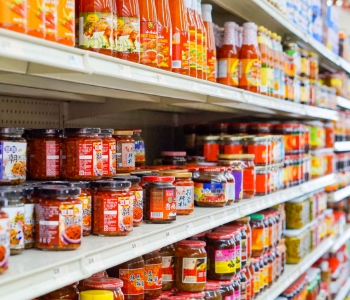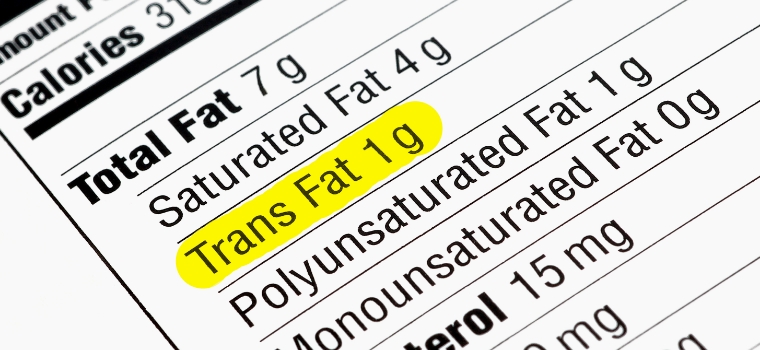Modern-day consumers are savvy because they have read the “food nutrition label” on the product before buying. Thanks to the national and international regulatory authorities that they have set standards for food & beverages manufacturers and producers. This has essentially been done to provide an additional layer of health safety for consumers worldwide. Every food & beverage company in the FMCG sector must test their products for nutritional analysis and present the same information on food labels on their products for consumer awareness. This has brought advanced testing laboratories into the limelight.
What is the Requirement of Food Label?
Food labeling is a guiding light for consumers because it protects their health and well-being. It allows the end consumers to:
- know what ingredients are in the food, determine its relative amounts, and identify how much of selected vitamins, minerals, and other nutrients a food contains. (This information may be given either by weight or as a percentage of the daily required value.)
- Examine foods for potential allergens or additives while learning about the conditions under which certain ingredients were produced (e.g., organic, free-range).
- Compare the price per unit volume or weight of similar products and determine if nutrients have been added or removed from the base food (e.g., enriched or reduced-fat).

Reading a Food Label
In 2018, the Food Safety Standards Authority published regulations for front-of-pack nutrition labeling and made the same available to the public online. Similarly, FDA has mandated the updated label to make it easier for consumers to make better-informed food choices. Let’s generalize and understand the USDA, FSSAI, and other statutory bodies’ markings for specific labels, which are as follows:
- Fat-free: If the product has less than 0.5 grams of fat per serving
- Low fat: If the product has no more than 3 grams or less of fat per serving
- Less fat: If the product has a minimum of 25% less fat than the comparison food
- Light (fat): If the product has a minimum of 50% less fat than the comparison food
- Cholesterol-free: If the product has less than 2 mg of cholesterol and 2 g of saturated fat per serving
- Low cholesterol: If the product has no more than 20 mg of cholesterol and 2 grams of saturated fat per serving
- Reduced calorie: If the product has a minimum of 25% fewer calories than the comparison food
- Low calorie: If the product has no more than 40 calories per serving
- Light (calories): If the product has a minimum of one-third fewer calories than the comparison food
- Sugar-free: If the product has less than 0.5 grams of sugar per serving
- Low sodium: If the product has no more than 140 mg of sodium per serving
- Very low sodium: If the product has no more than 35 mg of sodium per serving
- High fiber: If the product has 5 or more grams of fiber per serving
- High/ rich in/ excellent source of: If the product has 20% or more of the Daily Value of the nutrient
- Good source of: If the product has 10% or more of the Daily Value of the nutrient than the comparison food
- Less, fewer, reduced: If the product has 25% or less of the named nutrient than the comparison food
Note: These are the generalized values for labels. The final standards depend on the regulatory authorities of respective nations and regions.
Role of a Testing Laboratory in Food Labeling
Laboratory testing is a necessary process that relies on scientific analysis to identify nutrition in the right composition suitable for consumption or problems (if any) with food products. Testing also includes quality control intended to identify contaminants in raw material or contamination before and after a product is produced and placed on the market. Additionally, laboratory testing is essential for the research and development of new products, including, for example, the choice of ingredients or components, the design of food processing, shelf-life studies, and sensory evaluation of products. This is the kind of information food scientists need when developing new products. Another benefit of laboratory testing is compliance with regulations for importing and exporting food products to different countries.

Many countries have very specific compliance parameters in place for the nutrition labeling of food products. A wide range of health and safety legislation is also implemented to safeguard consumers. Cultivator Phyto Lab facilitates globally trusted and vastly acknowledged test results and nutritional labeling services. The service offering encompasses regulatory translation, recipe check, and other advisory services. Cultivator Phyto Lab also offers complete solutions pertaining to food labeling requirements to ensure compliance within all the destination markets. Cultivator Phyto Lab provides a wide range of nutrition-labeling services, including nutritional labeling for beverages, juices, cereals, snacks, confectionaries and more. The company’s Nutritional Labelling Service can add more value to your product by providing accurate results per national and international standards.


very informative